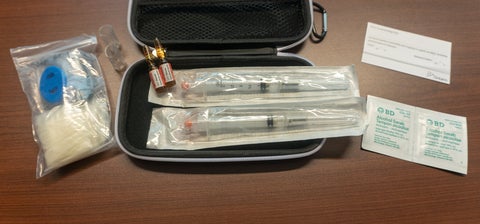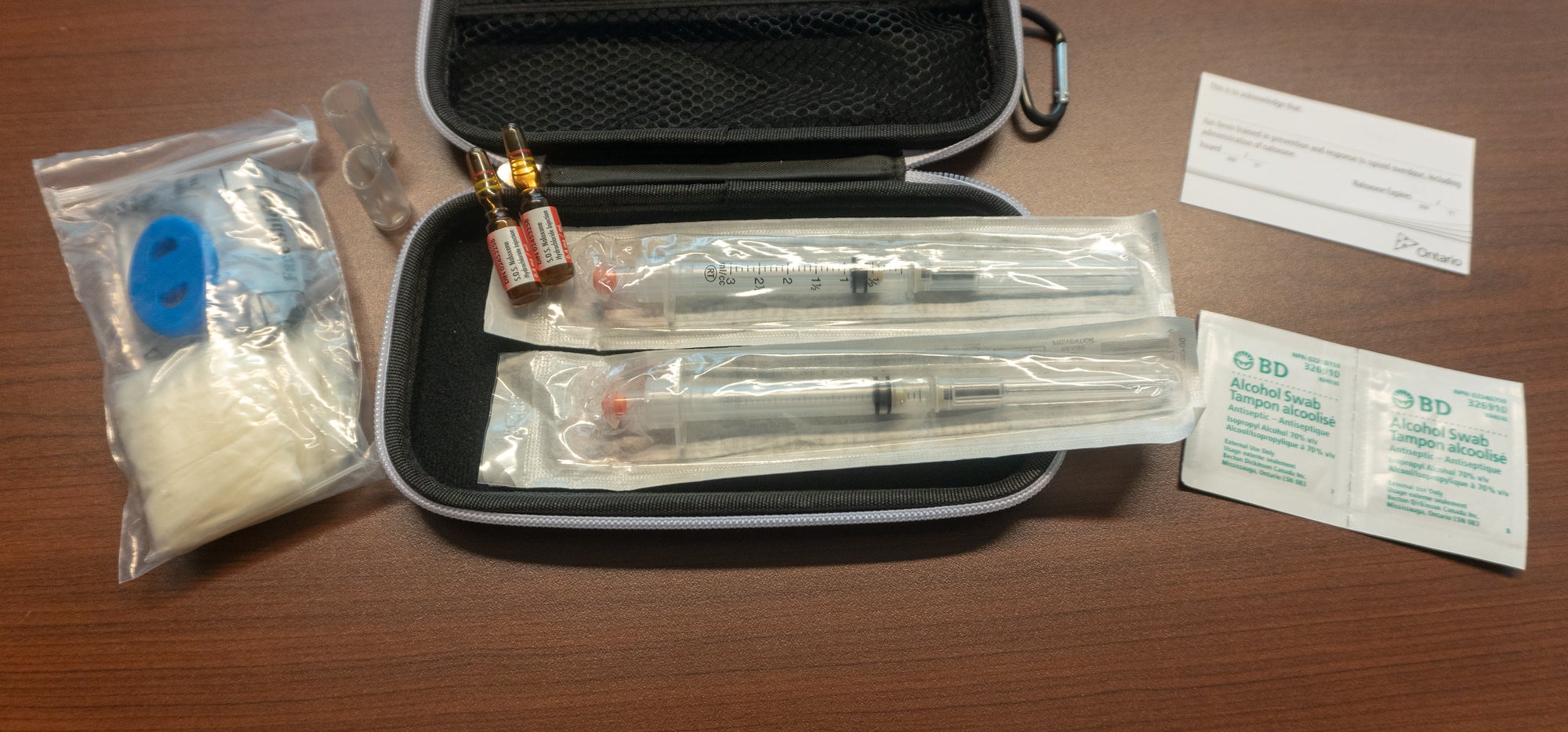
New study answers safety questions about naloxone, the life-saving antidote to opioid overdoses

This is an important finding because we know that naloxone is not stored the same way as most medications, in a medicine cabinet or indoors.
“Because they’re used in emergency situations, take-home naloxone kits are often carried in bags and cars. We also know that injection drug users experience more housing instability than the general population, and thus naloxone is often stored in temperatures that vary widely, dipping far below zero during winter months, or to high temperatures, particularly in cars, in the summer.”
Take-home naloxone kits have been freely available at Canadian pharmacies since 2016. The naloxone in the take home kits is in liquid form, stored in ampoules. In his work with the Waterloo Region Integrated Drug Strategy, Prof. Beazely received questions about the safety and effectiveness of naloxone after it’s been stored in high or low temperatures.
His lab simulated summer and winter storage conditions by storing naloxone at 80 °C and returning it to room temperature, or storing it at - 20 °C and then at 4°C. They then assessed the impact of these conditions on the drug’s stability for up to 4 weeks.
“We found that naloxone hydrochloride remains chemically stable following exposure to heat or freeze-thaw cycles after 28 days. If take-home naloxone kits are stored in non-standard conditions (for up to 28 days) the active naloxone is likely to remain stable and the medication will be effective when used, particularly in an emergency,” said Beazely, “however, if you are concerned about your naloxone kit for any reason, you can return it to a pharmacy and obtain a new one.”
The study, The effects of heat and freeze-thaw cycling on naloxone stability, was recently published in the Harm Reduction Journal.